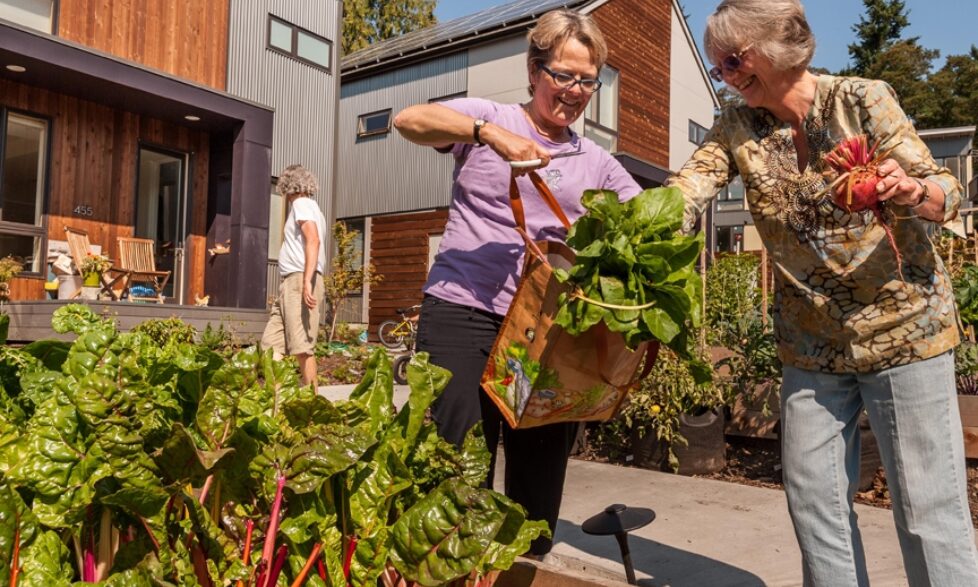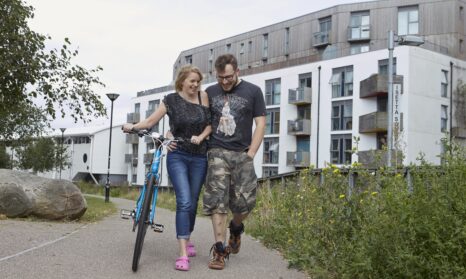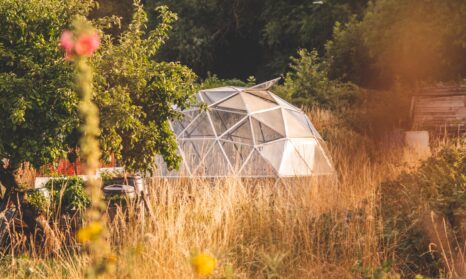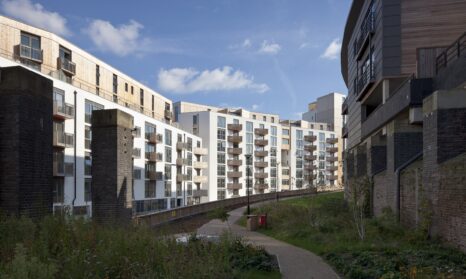We need to do development differently – and that means putting people first
Places should be designed for people’s joy. The very best urban design can make you feel weightless, as if you just know how and where to spend time without even thinking about it. They attract you in, consciously and subconsciously – it all feels very accidental. But of course it isn’t.
Good projects require their teams to consider the people who will ultimately use their scheme – the resident, the visitor, the employee – as the ultimate stakeholder. They fully commit to working together for the benefit of these future clients.
Unfortunately, this approach to design is the exception rather than the norm.
The reality behind the standard approach
There are good reasons for this – financial demands hoisted on schemes by backers are enormous, development is inherently risky and subject to forces often out of a project manager’s control.
Gaining planning permission is the Holy Grail in the early stages. This in itself is becoming harder and harder. And even if proposals are granted permission, the logistical and technological realities of delivery then hit hard.
It’s no wonder then that development teams seek to make minimal commitments prior to planning. Negotiating their way through complex planning policy in what seems the simplest way possible is the priority.
We all know the picture. Consultants working in silos, concentrating on their own work without much considering others – and always under the microscope of cost. Priorities become mixed up and entangled. Then the quantity surveyor has to untangle everything, which requires a different response – so the consultants go away and start again.
Coupled with this, most approaches to ‘sustainable design’ are flawed. I put this term in quotations because what is being worked upon isn’t necessarily so.
More often than not, the topic is mentioned briefly at the end of the Design and Access statement accompanying the planning application, with the strategy typically developed by M&E consultants based on a catch-all methodology such as BREEAM or the Home Quality Mark. It’s a technical response and a paper exercise.
There’s a better way
As might be expected, our approach at Bioregional starts with sustainability; but not how it’s come to be defined. Before anything, we look at what constitutes a sustainable project for all stakeholders – what will it look like for both the supplier (the developer) and the consumer (the resident, employee or visitor)?
We base scheme priorities on local, regional and global needs, using the tried-and-tested ten principles of One Planet Living to evaluate and define them. After this exercise, priorities then inform the creation of clear objectives for the scheme, and a vision emerges.
Then we take a people-centred approach to design. Instead of looking at sustainability as a technical issue under the remit of building services engineers, we look at how we can enable sustainable lifestyles for the people who live, work and play in the places we help create. Lives that are high quality, yet have a low environmental impact.
We model user experiences by creating personas for different types of future residents and visitors, so we can really understand what people will want from it – how will they want to use it and enjoy it? From here, we work backwards to create solutions to achieve the vision. Everyone on the project team is invited to participate and contribute.
The results are genuinely progressive, collaborative development plans that cover design, construction, and long-term management and governance, tailored to the scheme’s specific environmental and social context.
The solutions are win-win-win
This might seem like a lot of work before planning has been awarded. But we’ve found that, by creating a clear vision based around the One Planet Living principles, planners have fewer questions and issues. Design solutions that, on their own, might otherwise be opposed, are embraced due to their role in creating the bigger picture.
For example, at One Brighton – an apartment block right next to the train station – we achieved successful planning consent and marketing of UK’s largest private car-free development (with disabled and car-club parking).
Opening up the design process and making it more collaborative also means consultants are less likely to work in isolation. All team members can work towards a clear vision with set environmental, social and economic objectives. Solutions are win/win/win, meeting the goals of the developer, the community and the environment.
With commitment to One Planet Living and eyes on the end goals of the scheme, the market can be elevated from local to regional and homes and business units will be occupied more quickly.
We’ve seen it happen in the schemes we’ve worked on. One Brighton was completed in the challenging market conditions of 2008 but was the best performing scheme in Crest Nicholson’s portfolio. BedZED attracted people from all over the country who moved to Sutton to live in BedZED.
Our approach - using One Planet Living and focusing on people – creates ecologically, socially and financially sound schemes that both developers and planners are proud of, and that give people joy. And, really, isn’t that our ultimate goal?
Learn more about our approach to creating sustainable homes and communities. We have also set up Bioregional Homes to build our own affordable, zero-carbon developments.
Featured photo: Grow Community in Seattle used the One Planet Living principles to create a people-focused development where community is thriving.







